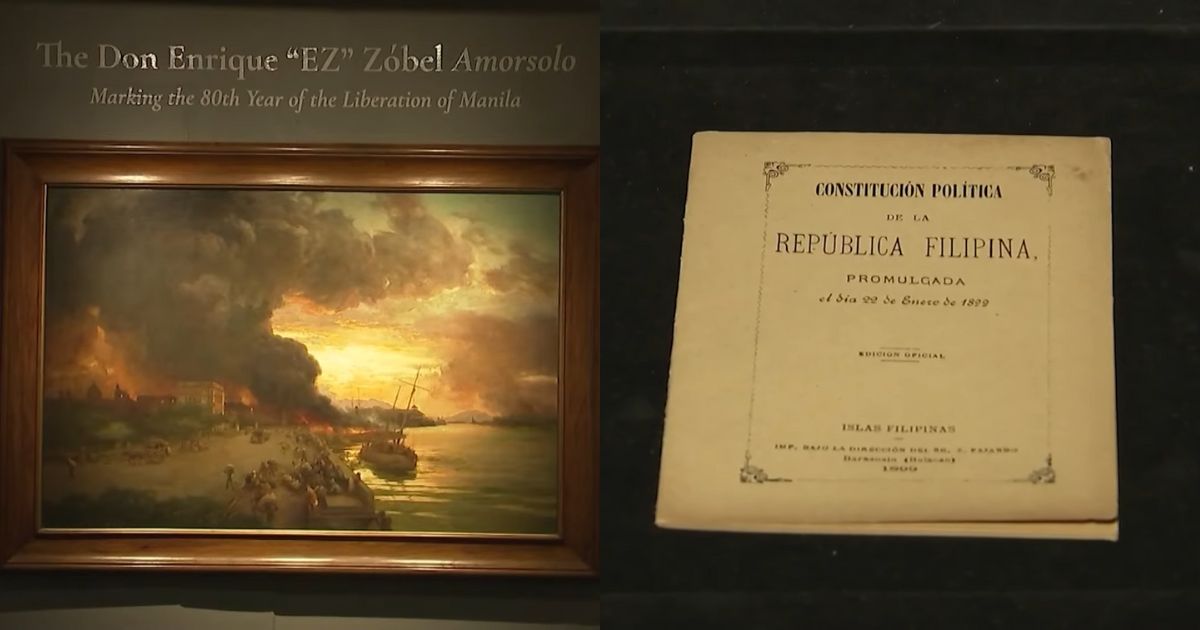
Upgrade to High-Speed Internet for only ₱1499/month!
Enjoy up to 100 Mbps fiber broadband, perfect for browsing, streaming, and gaming.
Visit Suniway.ph to learn
The common thread is the reading pleasure promised, and delivered.

Novels of historical context, of futuristic speculation, and of societal fantasy/magic, make up the trio of books reviewed today. The common thread is the reading pleasure promised, and delivered.
The Resurrectionist by A. Rae Dunlap
Early 19th century Edinburgh is the setting for this novel that ingeniously aims to occupy that intersection between historical fiction on the one hand, and true crime on the other hand. James Willoughby has left Oxford to study medicine and surgery at the University of Edinburgh, and in one of the private surgical schools found in the city. It’s 1828 dark academia with historical figures flitting into the narrative, and adding texture to the rich story-telling. Boarding in a public house that overlooks a graveyard, it isn’t long before Aneurin ‘Nye’ MacKinnon takes an interest in James because of his proximity to the cemetery. MacKinnon is assistant to Dr. Malstrom, a French doctor who runs one of the surgical schools, of which the one run by Dr. Knox is the most popular. Let’s not forget that this was the infancy stage of surgery, and the perennial issue was what to practice on to gain the necessary surgical skills.
So this leads straight into the historical reality of body snatchers and grave robbers, as freshly dug-up corpses were illegal, but a valuable commodity. It’s in this reality that James gets ensnared, as while from a good family, as the third son, he’s not given much in terms of financing his education. Nye is a dissectionist, and a devil’s bargain is struck up between James and Nye. The Knox school is being supplied by Burke and Hare, real historical figures, and it’s nice when touches such as this are tacked on to the narrative. Mary Paterson is an accomplice, attending funerals as a mourner, to help in the ‘extractions’. And when both James and Nye question what’s behind the constant supply of corpses to the Know school as provided by Burke & Hare, this novel really goes bang up against true crime and the story of this infamous couple, among the first of historical serial killers.
Hum by Helen Phillips
Science fiction is quite often sleek, glossy, and makes an impression via the flights of imagination regarding technology and a futuristic lifestyle. What Phillips does in an uncanny manner, is make SciFi very domestic, very real, and still of the future. In this feat of world-building, we’re brought to a near future where highly evolved AI bots are called ‘hum’s’ - a play on humans. May is married to Jem, and mother to Lu and Sy. They’re both out of jobs and strapped for cash, so May accepts to undergo micro-surgery on her face for a fee, sponsored by a tech company that offers techniques to evade facial recognition. With the money she earns, she splurges on a three-day stay at the Botanical Garden, an oasis of sorts in this city blighted by climate change. It’s a costly ‘holiday’; but the happy faces of her children make it all seem worthwhile.
The operative word is ‘seem’. For this book deftly explores how utopia and dystopia can be two sides of a single coin. The Botanical Garden may be advertised as a ‘nature’ Disneyland, where forests, streams, and animals flourish as they did in the past; but if you thought this was some idyllic retreat, think again. This novel demonstrates how the technological revolution can have super-sharp teeth. When her children ‘disappear’, and May is forced to trust a hum, the narrative gets complicated and suspenseful. There’s a fallout from the incident that both May and Jem could not have anticipated. The role of privacy, the prevalence of social media, and how it controls public opinion are put under the Phillips microscope and turned into material for the ensuing narrative. It bravely makes SciFi very ‘family issues-oriented,’ and elevates this story into something unexpected but very worth reflecting on.
Blood Over Bright Haven by M. L. Wang
World-building of an admirable order is what we get from the first page of this standalone novel. We get a prologue that introduces us to Thomil and his tribe, making a break across a frozen lake to enter the kingdom of Tiran. It’s a tragic attempt, with Thomil the sole adult survivor. Then we fast forward some years to meet Sciona. After years of training as a mage, she’s trying to be the first Tiran woman admitted to the High Magistry at the University of Magics and Industry. It’s an extremely tall order and despite the circumstances surrounding her qualifying exam, she is promoted to Highmage, her over 20 years of study paying off. Sciona is a protagonist who resonates, as she’s up against all the odds and history, and it’s very evident that so many oppose her and hate how she has upset the ordained order.
Storylines intersect when Sciona is given a janitor to be her lab assistant as a vicious joke; and said janitor is no other than Thomil, a Kwen (those considered an inferior people) - as the Tiranese dominate the highly structured society. Providing energy to Tiran is a process known as siphoning and a phenomenon called the Blight. It’s as Sciona, aided by Thomil, begins to understand the nature of the Blight and how it is in fact wielded like a weapon of destruction by the Mages, and how the Kwen are treated in a cavalier fashion as mere ‘raw material’, that Sciona questions the order of things and makes assumptions about how a revelation of the Truth will play out within Tiranese society. Of course, as it usually is, the best of intentions is the paving of the road to disaster. A challenge to the accepted order is always a call to usurp positions of power and dominance, and they’re not going to let go that easily. Brisk,engrossing storyline.

 4 months ago
18
4 months ago
18



